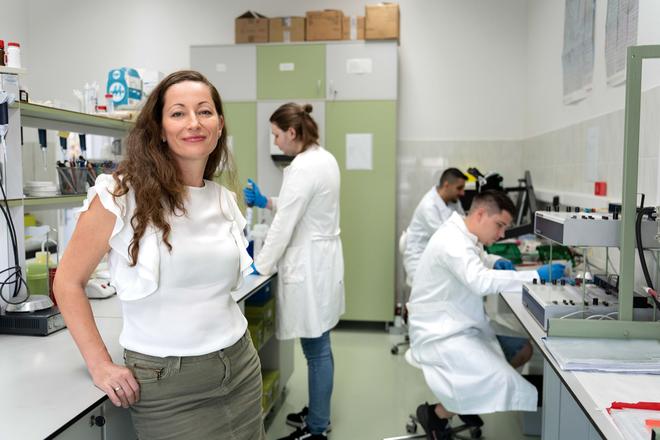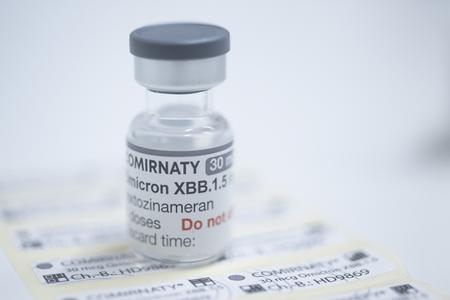Based solely on the amount of news, reports or infected people, it may seem at first glance that the Covid-19 pandemic is over, but the reality is far from that. Although not a public health emergency anymore, in early September the World Health Organisation said that it was seeing 'concerning trends' for Covid-19 in the northern hemisphere ahead of the 2023 winter season.
That is why research into the coronavirus and the disease it causes still continues, with Slovak scientists offering a helping hand as well. Recently, a team from the Faculty of Pharmacy at Comenius University in Bratislava found a link between the severe form of the Covid-19 disease and the activity of an enzyme in human blood, called butyrylcholinesterase.
Their study, published in the toxicology journal Chemico-Biological Interactions, showed that a decrease in the activity of the enzyme was associated with a negative Covid-19 prognosis and vice-versa.
The Slovak Spectator talked to pharmacologist Anna Paul Hrabovská, who led the team about their research, how it came to be and what it might hold.
To stay up to date with what scientists in Slovakia or Slovak scientists around the world are doing, subscribe to the Slovak Science newsletter, which will be sent to readers free of charge four times a year.
Doing it for at-risk groups
For a long time there was no guaranteed indicator that could predict whether a patient would have to face a severe form of the disease, or even death, and alert doctors to cases requiring increased care.
"When I talked to chief physicians in hospital wards, they said that they really needed to know who to focus on. They had young athletes who you would have thought would be fine eventually, but in the end they died. And then 80-year-old patients who would otherwise have not been given much of a chance actually overcame the disease," Anna Paul Hrabovská describes the problem, adding that this was also the reason why they became interested in this research.



